
Locomotives.....
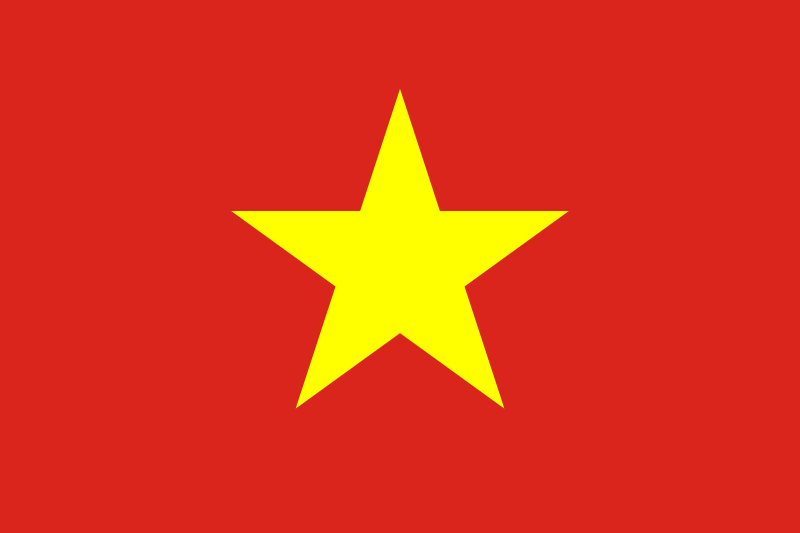
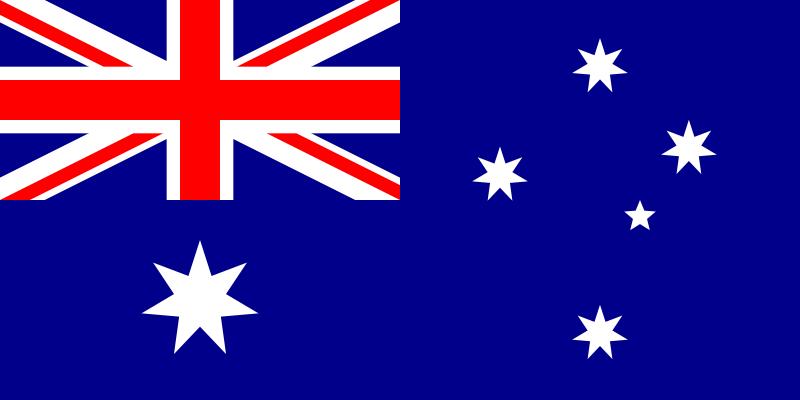
231 Class
4-6-2/ 2-3-1 Wheel Arrangement
I don't have very much about this locomotive class. This photo was apparently taken in 1993 of 231-534 in Hanoi Yard. There is a sort of family resemblance to the 141 and 230 classes (particularly the 141/ZL class) so perhaps built by the same French manufacturer?
How many members of the class there were, what happened to them, whether any were used by both the North and the South systems, and whether any have survived is not known. Pacific (4-6-2) locomotives are usually used for passenger services. This locomotive doesn't seem to be going anywhere as the side rods appear to be missing.
J.D.H. Smith on his website 'Main Street' lists 3 different 4-6-2 steam locomotives in Vietnamese service:
231-301, 231-401, and 231-501 (first member of class listed) and lists them as in service with Chemin de Fer l'Indochine. 231-501 is possibly the Cambodian machine. Mister Smith also lists the class as 231-A-001.
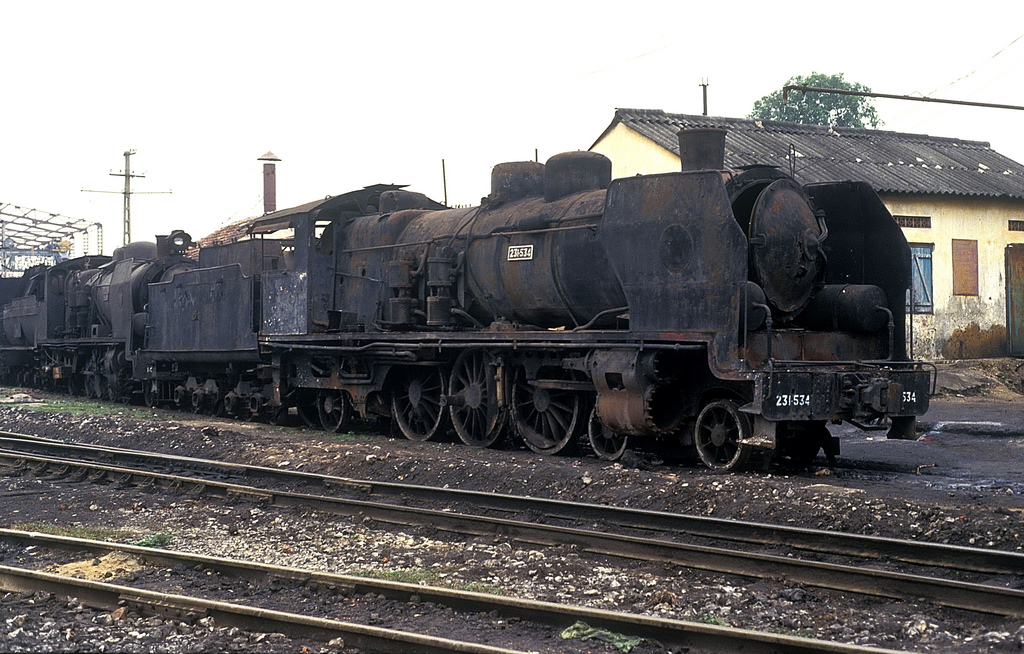
I have translated a document which appeared on the Vietnam Railways Forum and was in German.(I used Google translate) It would appear that locomotives of this type were built between 1938 and 1947 by SACM ( Soci�t� Alsacienne de Construction Mecaniques in France) and the last surviving examples were probably built 1947/48. The last operating locomotive was 231-524 which was spotted doing some shunting in Hanoi yard in 1987. There were also two machines on the scrap road at Nha Trang spotted in October of the same year. There is also a very fuzzy photo of 231-534 working around Hanoi station on 14 January 1989 (is the 231-524 number a mistake? Maybe 524 and 534 are actually the same locomotive?) The large photo above is of 534 on the scrap road in 1993, so maybe it was the last operating machine.
The other interesting point is that it is stated that 231-534 had a tender built in 1951 by Baume and Marpent in Belgium. The suggestion seems to be that this is not the original type of tender. Looking at the photos the tender seems to be identical to the type seen on the Cambodian (see below) machines. The document also suggests that the SACM builder's number for 534 could be 7771 but isn't completely sure.
The German document lists the following locomotives as still on the scrap road in Hanoi in the late 1980's. All built by SACM:
231-302, 309, 524, 525,527,528,529,530,533 and 534.
There is also a suggestion that similar if not identical locomotives were delivered to the metre system in Cambodia. Two machines were noted in Phnom Penh in the 1970's numbered 231-502 and 509 and there are photos of 501 (see below) which seem to fit into the same number series. As the French viewed the area as Indochina it may be that the locomotives were purchased in one batch then allocated to different parts of the Indochina network.
It's a bit confusing but there seems to be a suggestion that there was more than one kind of 231 class. The source document for this information describes a class 231.3 built by SACM in 1932. Are 302 and 309 listed above members of this class? Two representatives apparently were noted on the scrap road in Hanoi.
Thap Cham Images
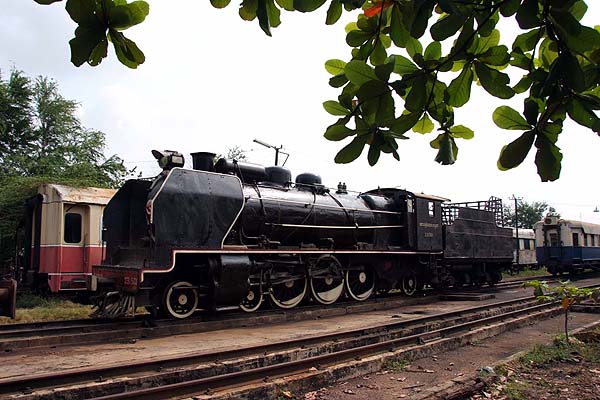
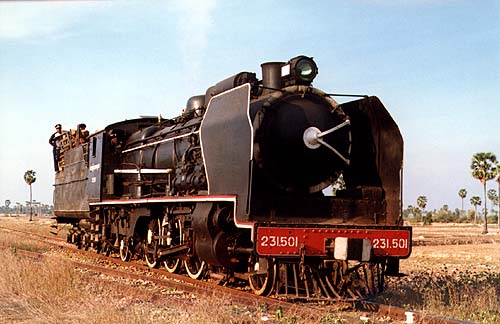
4-6-2/ 2-3-1 Wheel Arrangement
I don't have very much about this locomotive class. This photo was apparently taken in 1993 of 231-534 in Hanoi Yard. There is a sort of family resemblance to the 141 and 230 classes (particularly the 141/ZL class) so perhaps built by the same French manufacturer?
How many members of the class there were, what happened to them, whether any were used by both the North and the South systems, and whether any have survived is not known. Pacific (4-6-2) locomotives are usually used for passenger services. This locomotive doesn't seem to be going anywhere as the side rods appear to be missing.
J.D.H. Smith on his website 'Main Street' lists 3 different 4-6-2 steam locomotives in Vietnamese service:
231-301, 231-401, and 231-501 (first member of class listed) and lists them as in service with Chemin de Fer l'Indochine. 231-501 is possibly the Cambodian machine. Mister Smith also lists the class as 231-A-001.

I have translated a document which appeared on the Vietnam Railways Forum and was in German.(I used Google translate) It would appear that locomotives of this type were built between 1938 and 1947 by SACM ( Soci�t� Alsacienne de Construction Mecaniques in France) and the last surviving examples were probably built 1947/48. The last operating locomotive was 231-524 which was spotted doing some shunting in Hanoi yard in 1987. There were also two machines on the scrap road at Nha Trang spotted in October of the same year. There is also a very fuzzy photo of 231-534 working around Hanoi station on 14 January 1989 (is the 231-524 number a mistake? Maybe 524 and 534 are actually the same locomotive?) The large photo above is of 534 on the scrap road in 1993, so maybe it was the last operating machine.
The other interesting point is that it is stated that 231-534 had a tender built in 1951 by Baume and Marpent in Belgium. The suggestion seems to be that this is not the original type of tender. Looking at the photos the tender seems to be identical to the type seen on the Cambodian (see below) machines. The document also suggests that the SACM builder's number for 534 could be 7771 but isn't completely sure.
The German document lists the following locomotives as still on the scrap road in Hanoi in the late 1980's. All built by SACM:
231-302, 309, 524, 525,527,528,529,530,533 and 534.
There is also a suggestion that similar if not identical locomotives were delivered to the metre system in Cambodia. Two machines were noted in Phnom Penh in the 1970's numbered 231-502 and 509 and there are photos of 501 (see below) which seem to fit into the same number series. As the French viewed the area as Indochina it may be that the locomotives were purchased in one batch then allocated to different parts of the Indochina network.
It's a bit confusing but there seems to be a suggestion that there was more than one kind of 231 class. The source document for this information describes a class 231.3 built by SACM in 1932. Are 302 and 309 listed above members of this class? Two representatives apparently were noted on the scrap road in Hanoi.
Thap Cham Images
The following images appear to be
of 231 class 4-6-2 locomotives taken at Thap Cham north of Saigon in
the 1960's, so under southern system control.
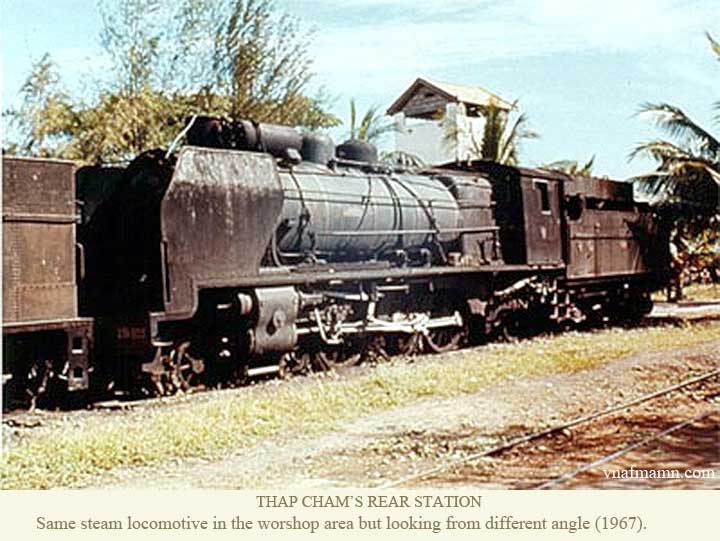
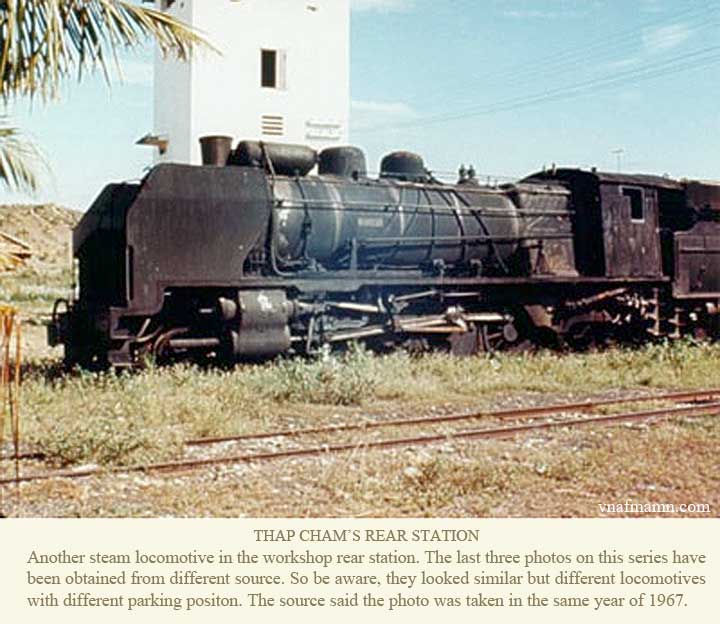
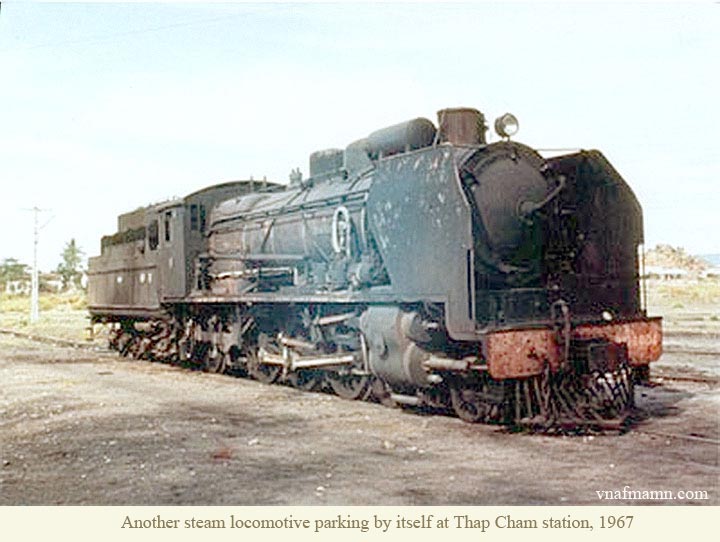
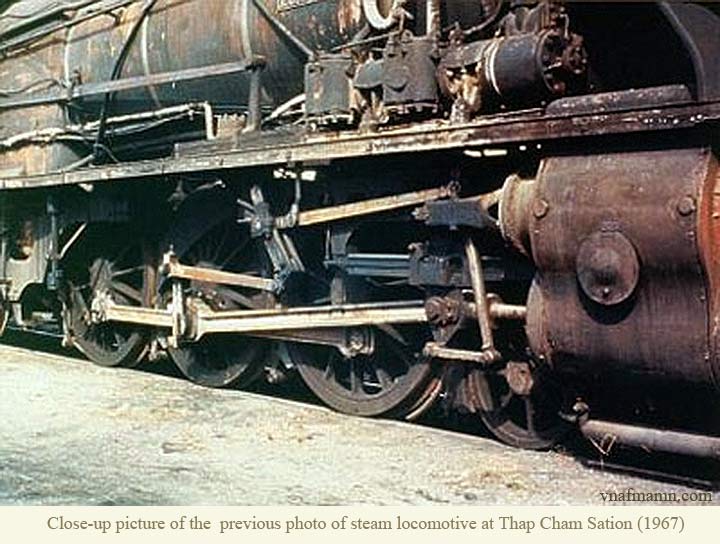
These are some photos of some of the Cambodian Machines. There
are
minor detail differences and different placement of some air tanks etc
but there is a definite similarity.





Steam Locomotives generally used the traditional
French classification system. A steam locomotive with a 2-8-2 wheel
arrangement is classified as 141 class, a locomotive with 4-6-2
wheel arrangement is classified as 231 class etc. Pretty straight
forward, except what did if two classes had a 2-8-2 wheel
arrangement I'm not sure. It didn't happen so wasn't a problem?
Diesel locomotives have a completely dfferent clasification system.
All diesel classes start with the letter 'D' (for diesel?) then a number which I believe is related to the locomotives power output. The third character defines Electric' (E) or hydraulic (H).
e.g. D5H class = Diesel + 500 hp + hydraulic.
Again, what happens if two classes are the same I don't know.
I am still investigating pre 1975 classifications. Some are the same e.g. 141 steam class, and some are different e.g. 'BB' class instead of D9E.

Created with Kompozer
the Open Source Web Designer
Railways in Vietnam
website � 2009-2010 David Gurnett
Updated September 7, 2010
All images remain the copyright of their
original owners and are reproduced purely
for the purposes of research.
Please feel free to contact me at
railwaysofvietnam@gmail.com